

- RFQ
- BOM
-
Contact Us
Tel: +86-0755-83501315
Email: sales@sic-components.com
- Chinese
- English
- French
- German
- Portuguese
- Spanish
- Russian
- Japanese
- Korean
- Arabic
- Irish
- Greek
- Turkish
- Italian
- Danish
- Romanian
- Indonesian
- Czech
- Afrikaans
- Swedish
- Polish
- Basque
- Catalan
- Esperanto
- Hindi
- Lao
- Albanian
- Amharic
- Armenian
- Azerbaijani
- Belarusian
- Bengali
- Bosnian
- Bulgarian
- Cebuano
- Chichewa
- Corsican
- Croatian
- Dutch
- Estonian
- Filipino
- Finnish
- Frisian
- Galician
- Georgian
- Gujarati
- Haitian
- Hausa
- Hawaiian
- Hebrew
- Hmong
- Hungarian
- Icelandic
- Igbo
- Javanese
- Kannada
- Kazakh
- Khmer
- Kurdish
- Kyrgyz
- Latin
- Latvian
- Lithuanian
- Luxembou..
- Macedonian
- Malagasy
- Malay
- Malayalam
- Maltese
- Maori
- Marathi
- Mongolian
- Burmese
- Nepali
- Norwegian
- Pashto
- Persian
- Punjabi
- Serbian
- Sesotho
- Sinhala
- Slovak
- Slovenian
- Somali
- Samoan
- Scots Gaelic
- Shona
- Sindhi
- Sundanese
- Swahili
- Tajik
- Tamil
- Telugu
- Thai
- Ukrainian
- Urdu
- Uzbek
- Vietnamese
- Welsh
- Xhosa
- Yiddish
- Yoruba
- Zulu
- Kinyarwanda
- Tatar
- Oriya
- Turkmen
- Uyghur
How to Reduce Power Consumption in a Circuit?
Reducing power consumption in a circuit involves optimizing device selection, topology, and operating conditions to minimize energy waste. Key strategies include:
Select Low-Power Components
Choose devices with inherent low power characteristics. For example, power MOSFETs like the IRLZ44N (with a low on-resistance
RDS(ON)=0.022Ω) minimize conduction loss (P=I 2R) in switching circuits. For digital circuits, use low-voltage logic ICs (e.g., 3.3V instead of 5V) to reduce dynamic power (
P=CV2 f, where C is capacitance, Vis voltage, and f is frequency).
Optimize Power Supply Management
Use voltage regulators (e.g., LDOs) to provide only the necessary voltage to each subsystem, avoiding over-voltage.
Implement dynamic voltage scaling: Reduce supply voltage during low-load conditions (e.g., in microcontrollers or audio amplifiers at low volume).
Use power gating: Disable unused circuit blocks (e.g., via MOSFET switches) to cut off idle current.
Minimize Switching Losses
In switching circuits (e.g., DC-DC converters), reduce transition times (turn-on/off delays) to limit switching loss (P∝t sw ⋅V⋅I). For MOSFETs like the IRLZ44N, optimize gate drive resistance (R G) to balance speed and EMI—smaller R Gspeeds switching but may increase noise, while larger RG slows transitions and reduces loss in low-frequency applications.
Reduce Quiescent Current
Select ICs with low quiescent current (IQ), the current drawn when no load is active. For example, low-power op-amps or voltage references with I Q<1μA minimize standby power.
Optimize Load Conditions
Match components to the load. For inductive loads (e.g., motors), use snubber circuits or clamp diodes to reduce voltage spikes and energy dissipation. For resistive loads, avoid over-driving.
ICs for Audio Amplifiers
Audio amplifiers require a balance of efficiency, distortion, and power consumption. Key IC categories and examples include:
Class D Amplifiers (High Efficiency)
These switching amplifiers convert audio signals to PWM, minimizing power loss (efficiency up to 90% vs. 50-60% for Class AB). Ideal for battery-powered devices (e.g., portable speakers).
TPA3116D2 (TI): 2x50W output, 0.04% THD, low idle current (~25mA), and integrated thermal protection.
MAX98357A (Maxim): Mono 3W amplifier with built-in PWM modulator, requiring minimal external components (ideal for small devices).
Class AB Amplifiers (Low Distortion)
Better linearity than Class D but lower efficiency (suitable for high-fidelity audio).
LM386 (TI): Low-power, 0.5-1W output, 4mA quiescent current, widely used in radios or small speakers.
OPA548 (TI): High-power (up to 50W), low distortion (<0.01%), with thermal shutdown for reliability.
Class G/H Amplifiers (Adaptive Efficiency)
Adjust supply voltage dynamically based on input signal amplitude, reducing power waste at low volumes.
TDA7498 (STMicroelectronics): 2x100W Class D with Class G-like efficiency, suitable for home theater systems.
Low-Power Audio Op-Amps
For preamplifiers or signal conditioning, use op-amps with low
IQ and wide bandwidth:
MCP6002 (Microchip): 1.8-5.5V, 500nA quiescent current, 1MHz bandwidth, ideal for portable audio.
Summary: Reducing circuit power relies on component selection and smart design, while audio amplifier ICs balance efficiency (Class D/G) and fidelity (Class AB) to meet application needs.
https://www.sic-components.com/

Hot Products
View MoreRelated Blogs

2000+
Daily average RFQ Volume

30,000,000
Standard Product Unit

2800+
Worldwide Manufacturers

15,000 m2
In-stock Warehouse



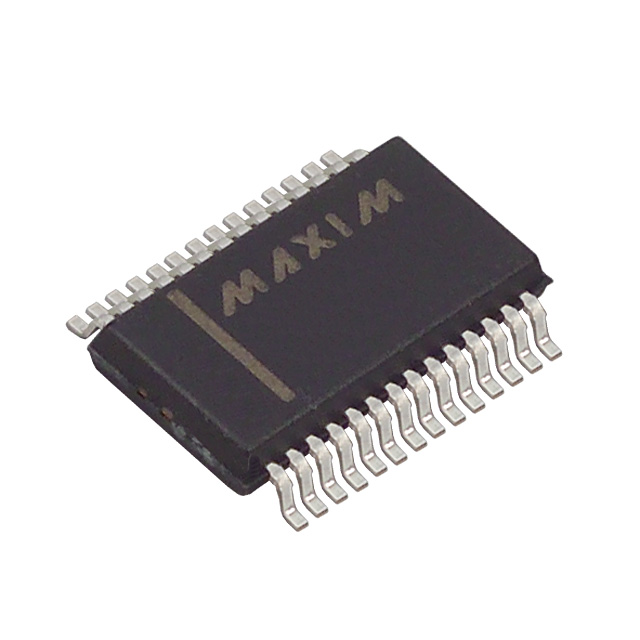
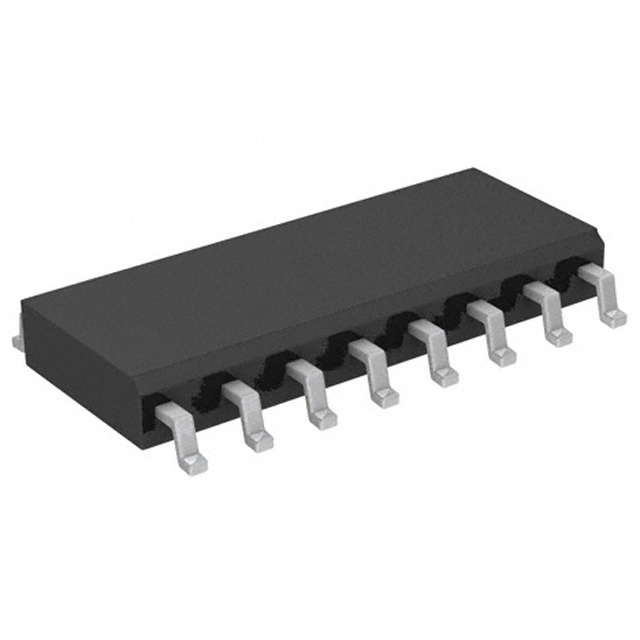
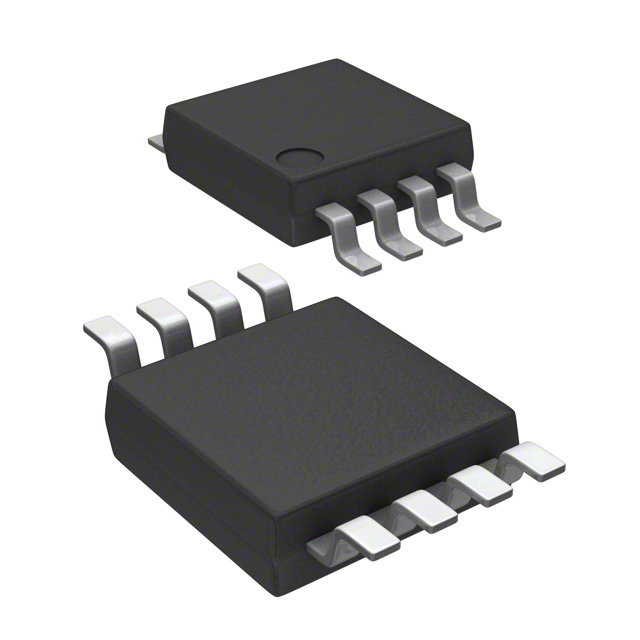
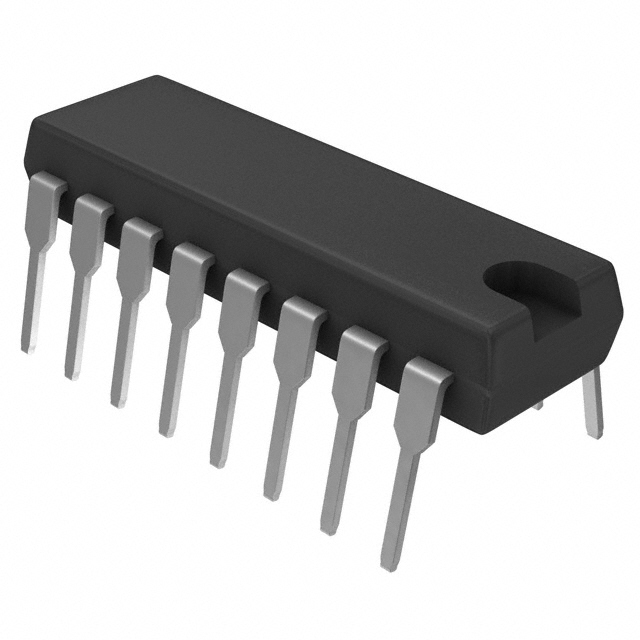
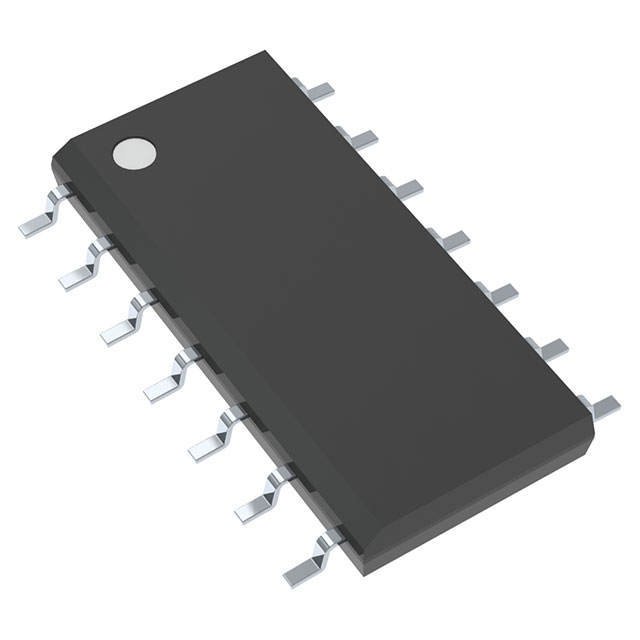
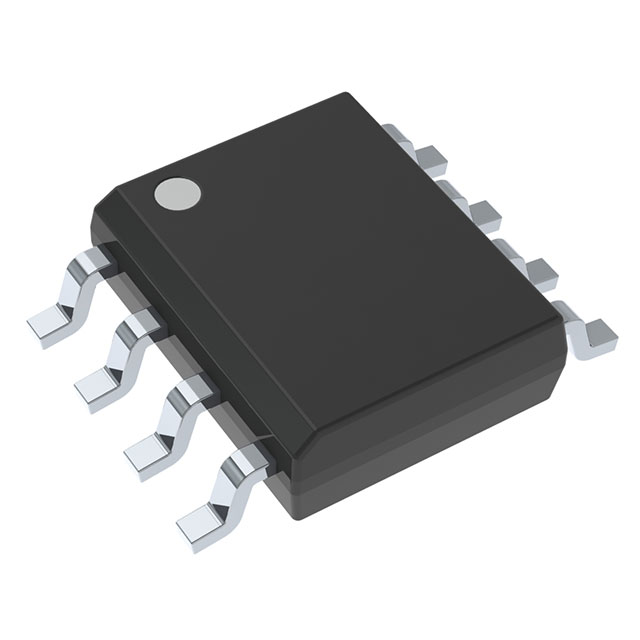

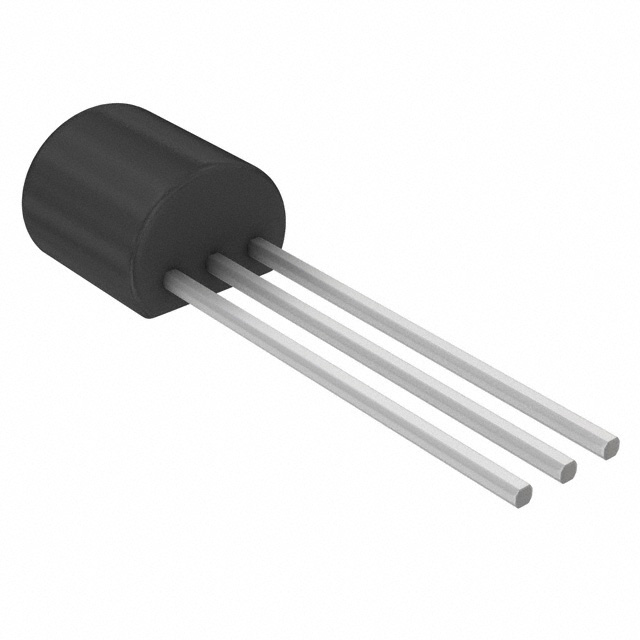
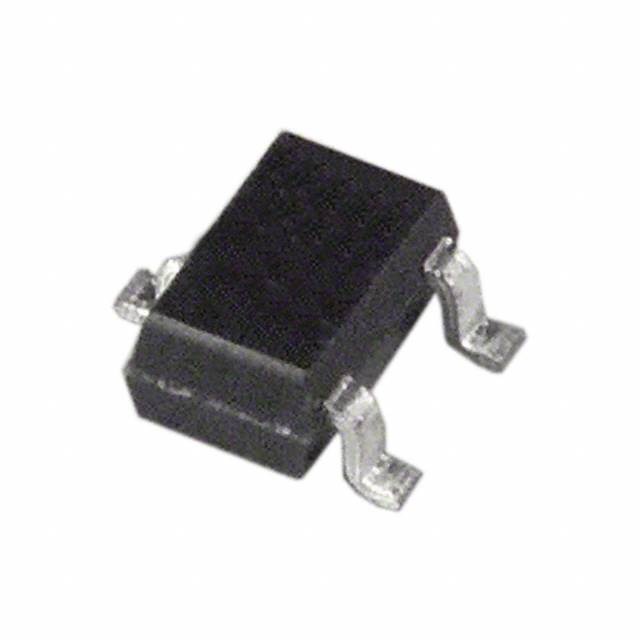
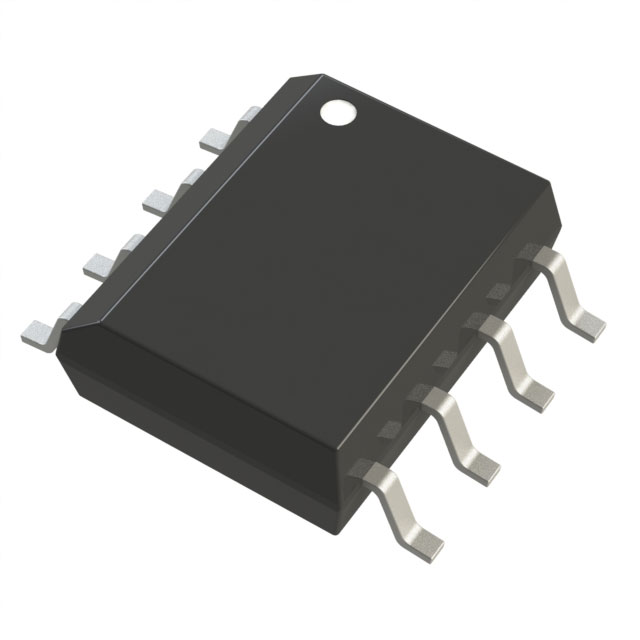
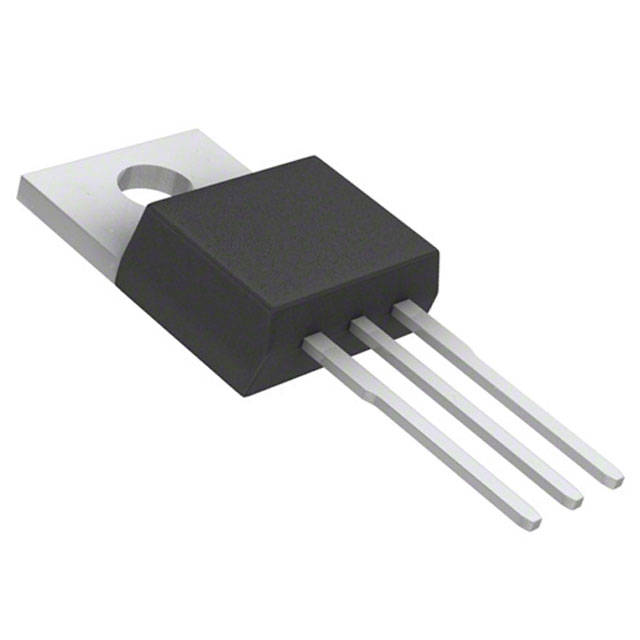
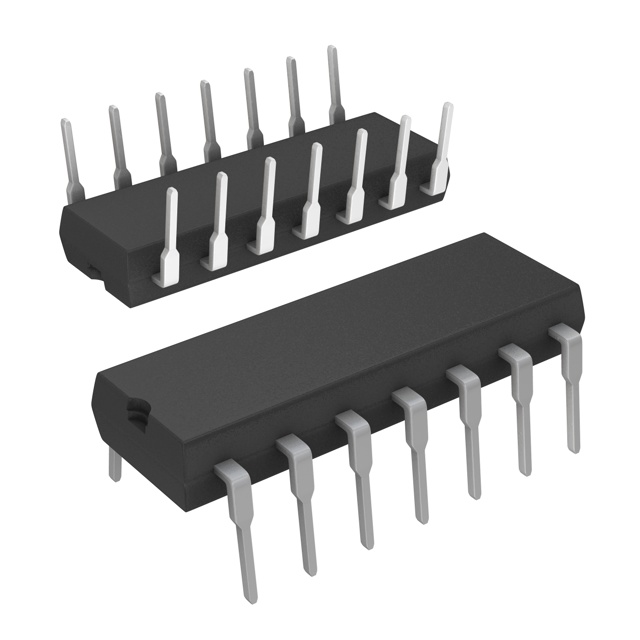
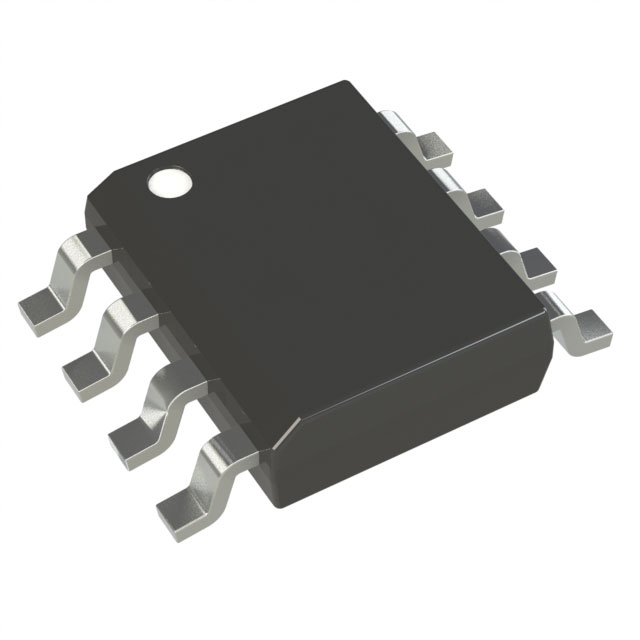
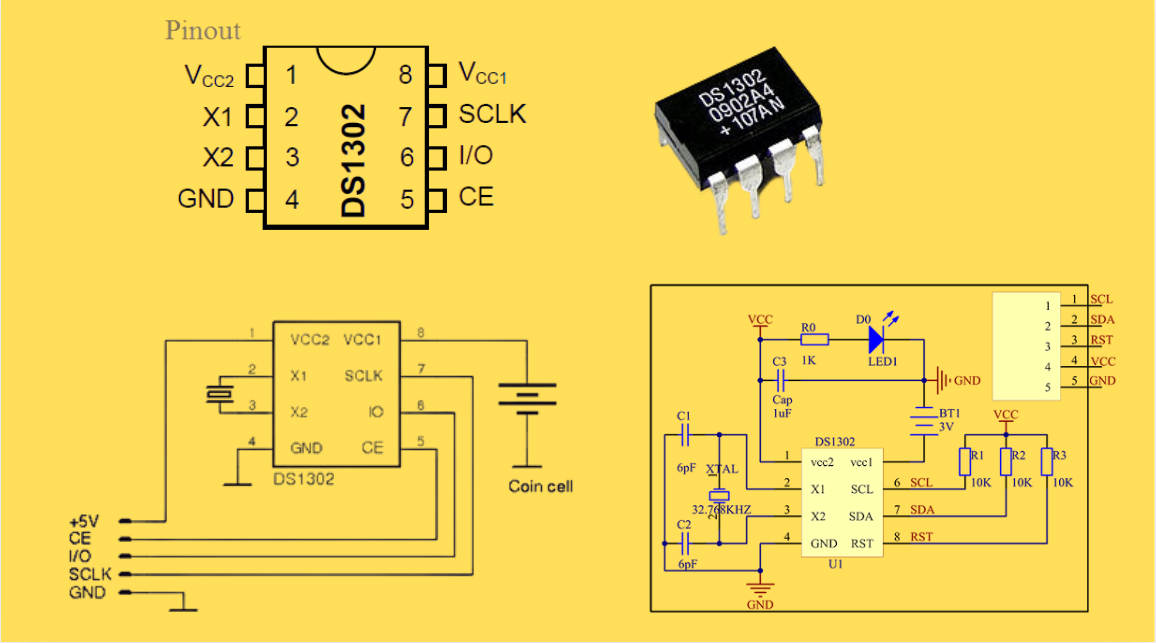

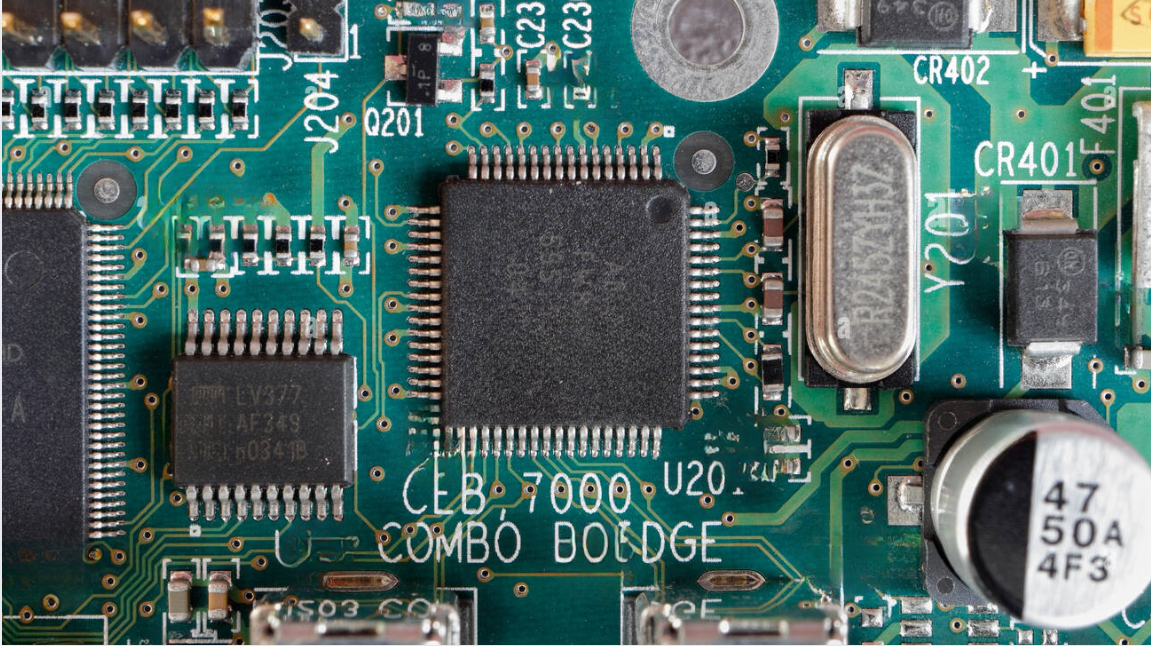
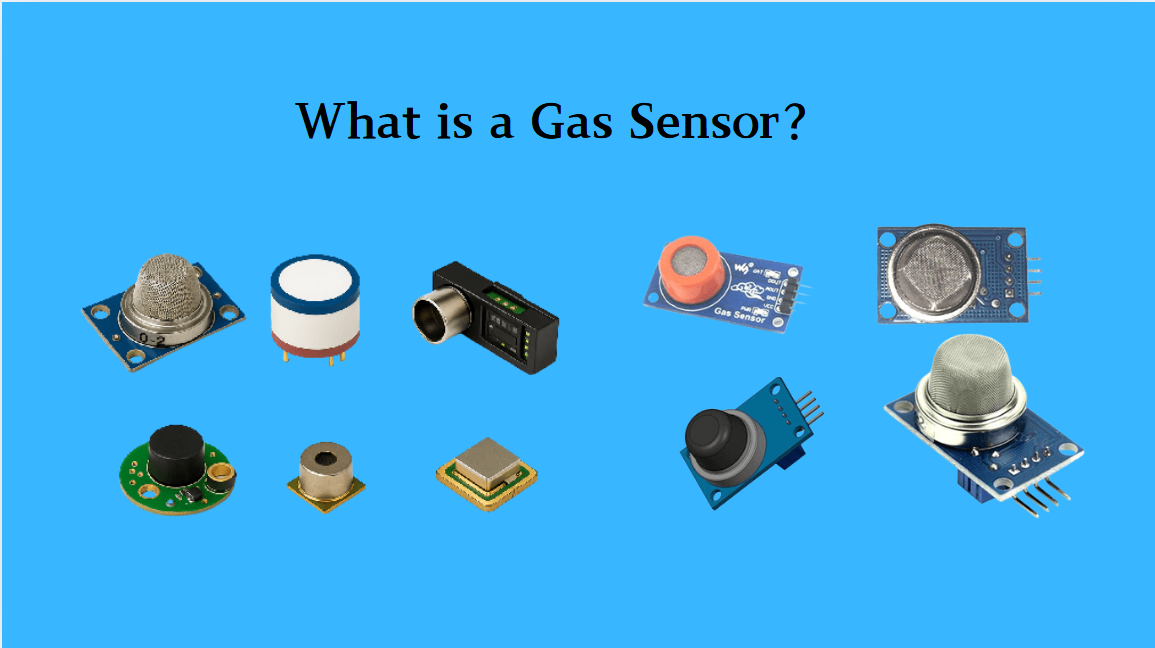

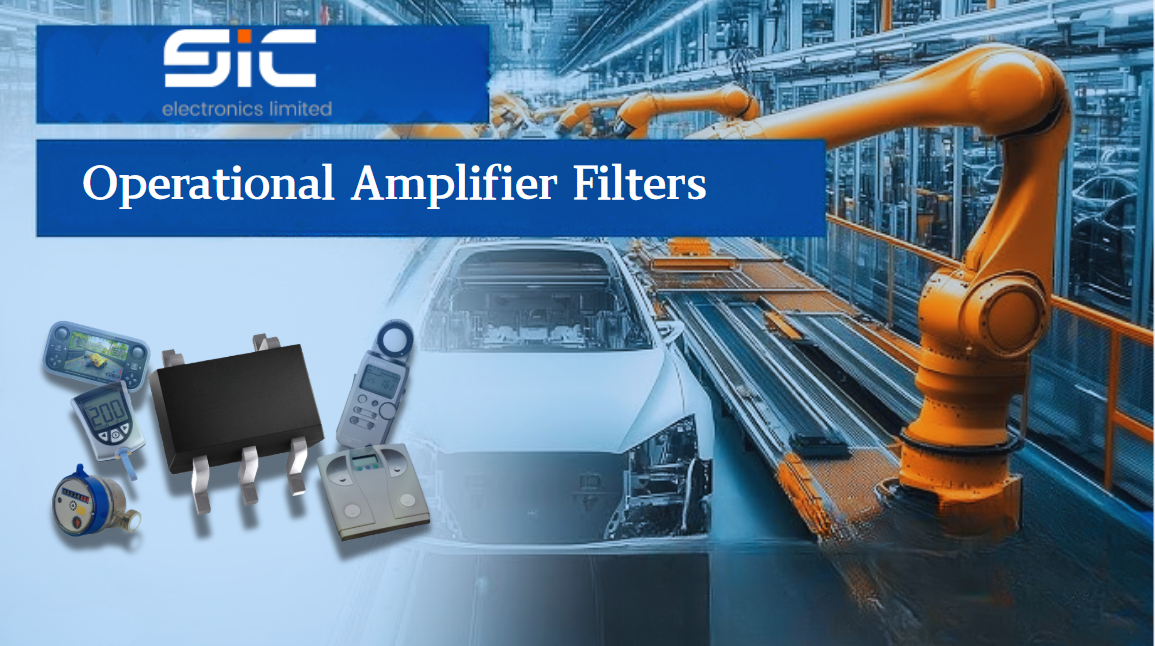

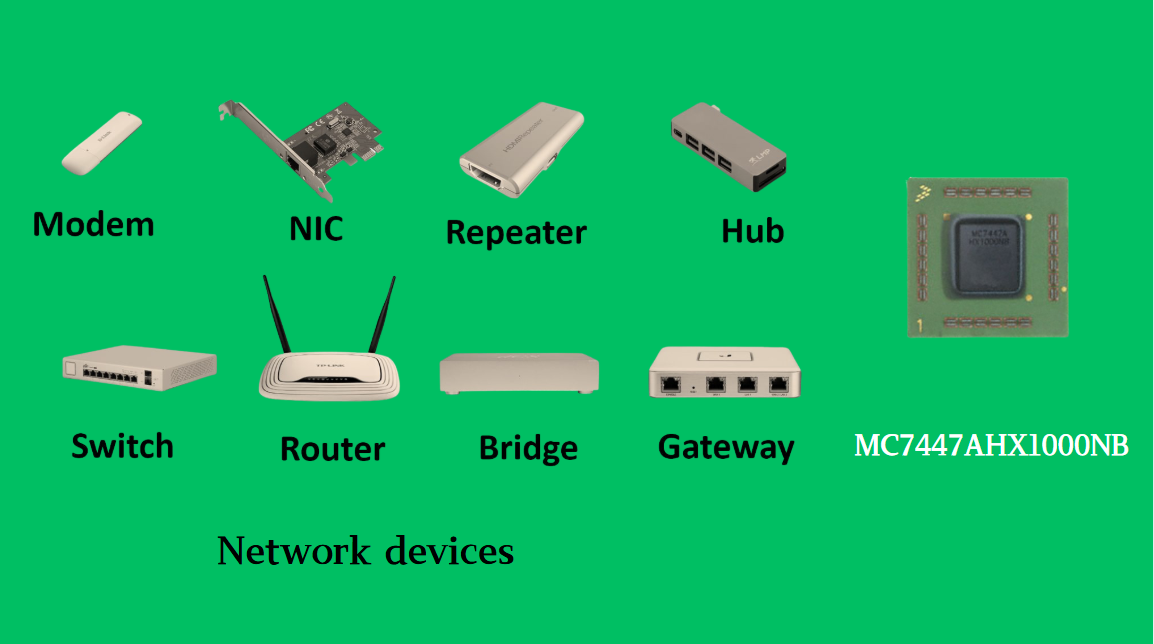

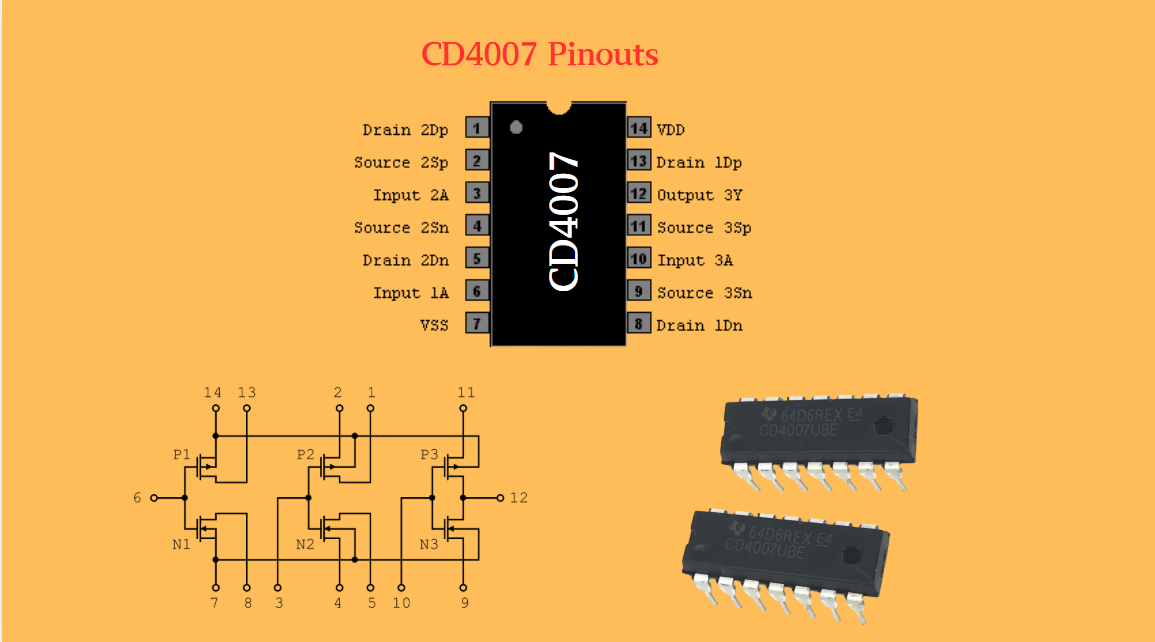
 Wishlist (0 Items)
Wishlist (0 Items) 